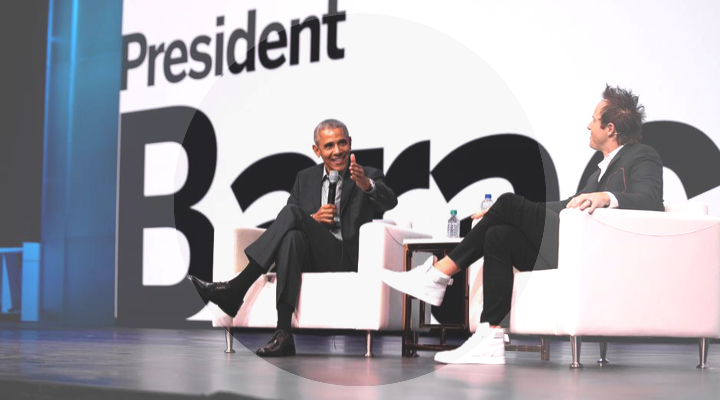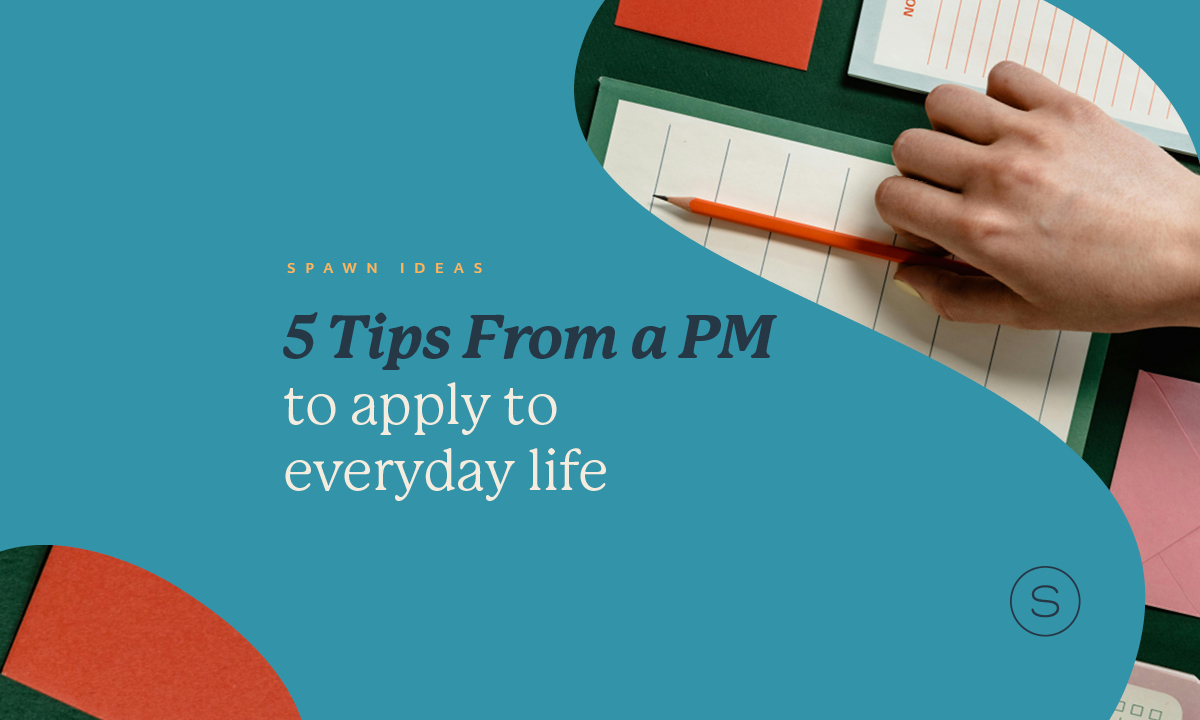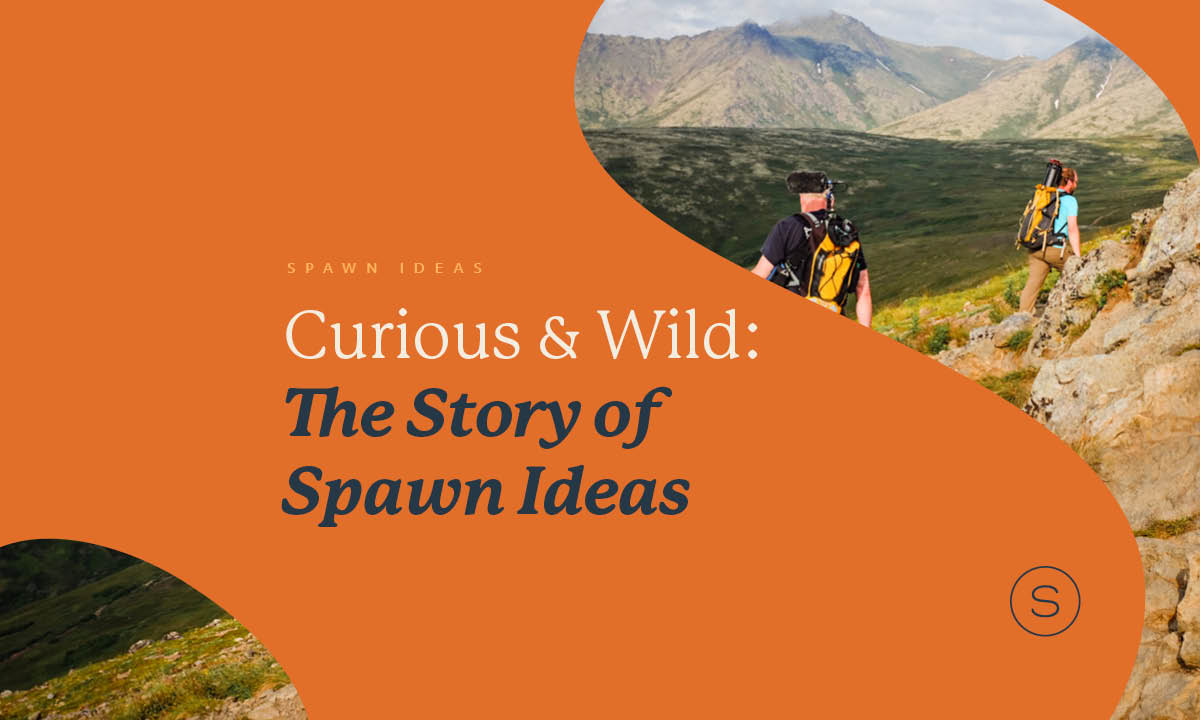Spawn’s Karen King and Jesse Alleva recently attended the Qualtrics X4 conference in Salt Lake City, Utah. Billed as the world’s largest experience conference, it’s aim was to bring together the world’s best brands and the managers who design and deliver breakthrough employee, customer, product and brand experiences.
X4 did not disappoint. Speakers including President Barack Obama, Sir Richard Branson, Oprah Winfrey and Ashton Kutcher took the stage to share their best in-the-trenches insights on creating experiences.

Why Experience Matters
It’s simple: Experience is the business battleground. And good experiences are an undeniable competitive advantage for brands.
Consider all the amazing experiences crafted and coordinated by Disney, and contrast the experience at Disney Land to a Knott’s Berry Farm or Six Flags. All are great, but those competitors don’t quite rise to the extraordinary level of the House of Mouse.
According to Qualtrics, 97% of brands said improving customer experience is important to achieving or maintaining a competitive advantage. Qualtrics believes that the future of experience is bringing experience data (X) and operational data (O) together.
97% of brands said improving customer experience is important to achieving or maintaining a competitive advantage
Beyond the wit and wisdom of the keynote speakers on the importance of experience, many brands and thought leaders presented their recipes for creating amazing experiences.
Intuitive Experiences
Ken Kocienda, one of the 24 Apple employees named on the original iPhone patent and developer of the iOS keyboard, spoke about intuitiveness. Apple products are known to be user-friendly and intuitive, but what does that really mean?
When asked what makes a product intuitive, most people reply, “Well, I know it when I see it.” This can be incredibly frustrating to anyone trying to create a brand, employee, product, or customer experience.
But Kocienda broke the concept of intuitiveness down to two elements:
- Empathy – a feeling for what people already know
- Design – a structure that inspires that “knowing” reaction
One example he gave was designing the icons on the iPhone homescreen.
Apple’s designers needed to bridge the mental gap new phone users would have between clicking on icons with a mouse (which they already did on their desktop computers) to a brand-new behavior (tapping on icons on their phone screens).
To create the a perfectly sized icon, one that looked “tappable,” the team gamified the testing process. In fact, Apple’s first iPhone game was a tap game that generated difference size icons for a user to tap. Through data analysis, Apple found that the perfect size for the home screen icon was 57 pixels.
What This Means for Your Brand
Experience is the battleground, and it’s not going anywhere soon.
Here at Spawn, we’ve believed for some time that experience is the next brand battleground. That isn’t true anymore because experience is the battleground and it’s not going anywhere soon.
The good news? It can be done. But it takes effort and strategic savvy to get you there: A common refrain throughout the conference that improving experience is simple, but not easy.
You’re trying to craft an experience for an audience who will tell you that they “know it when they see it.” But that’s not exactly helpful direction. HOW brands build and find signal in the noise when it comes to using data to inspire business-defining experiences is the challenge. One secret? Applying empathy to your data.
The better news is that Spawn can help you begin to design those bottom-line lifting experiences for your customers.
Brands should both know this at a high-level and know why experience is important.






